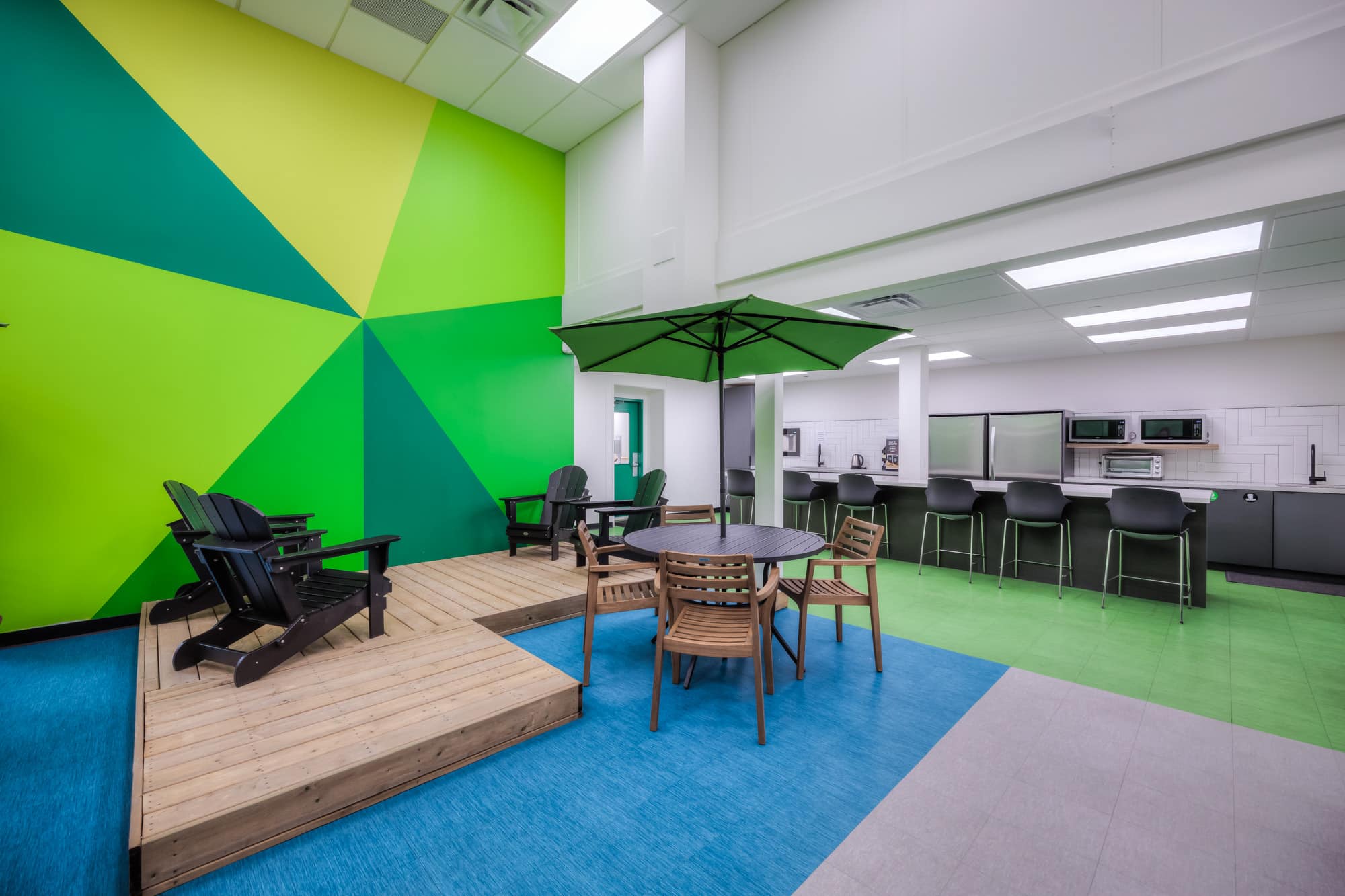In today’s fast-paced work environment, fostering a collaborative workspace is essential for maximizing productivity and innovation. This article outlines crucial strategies to create a workplace where teamwork thrives.
Establish Clear Goals and Objectives
Defining shared goals is fundamental to collaboration.
When team members understand the common objectives, they can work together more effectively. Clear goals provide direction and help to align individual efforts with the overall mission of the group. Documenting these goals ensures that everyone is accountable and focused. Regularly revisiting these objectives can help the team adapt to changing circumstances and maintain motivation. Encouraging input from all team members in goal-setting fosters a sense of ownership and engagement.
Encourage Open Communication
Facilitating communication channels is vital for collaboration.
A collaborative workspace thrives on open dialogue among team members. Establishing regular check-ins, using collaborative tools, and creating an environment where everyone feels comfortable sharing ideas can significantly enhance communication. Encouraging constructive feedback and active listening helps deepen relationships among colleagues. Utilize both formal and informal communication methods to cater to different preferences and styles. Moreover, acknowledging and addressing concerns promptly can foster trust and transparency.
Foster a Culture of Trust
Trust among team members is the cornerstone of effective collaboration.
Building a culture of trust requires time and consistent effort from leadership and staff alike. Teams should feel safe to express their opinions, take risks, and make mistakes without fear of judgment. Establishing insights into each member’s strengths and weaknesses can enhance collaboration, as individuals will be more willing to rely on one another. Hosting team-building activities can also strengthen relationships, promoting friendship and mutual respect. Regularly recognizing achievements, both big and small, can further bolster trust within the group.
Implement Collaborative Tools
Utilizing technology can streamline collaboration.
Incorporating digital tools such as project management software, shared documents, and instant messaging platforms can significantly facilitate teamwork. These technologies allow for real-time collaboration, making it easier to share ideas and track progress. Training team members to effectively use these tools is essential to maximize their potential. Moreover, selecting tools that align with team workflows will enhance adoption and user satisfaction. Regular updates and evaluations of these tools will ensure they remain effective and relevant.
Create an Inclusive Environment
Diversity and inclusion are crucial for fostering innovation.
An inclusive workspace welcomes diverse perspectives, which can lead to more creative solutions. Encouraging participation from all voices, regardless of position or background, ensures a rich exchange of ideas. Providing training on cultural competency and bias mitigation can help team members understand and appreciate differing viewpoints. Furthermore, adopting flexible work practices can accommodate various working styles and personal circumstances. Celebrating diversity within the team will enhance morale and cohesion.
Encourage Continuous Learning
Promoting professional development supports collaboration.
Investing in continuous learning opportunities demonstrates a commitment to employee growth and collaboration. Offering workshops, seminars, or online courses enables team members to develop new skills and share their knowledge with others. Encouraging cross-training can facilitate understanding of different roles within the team, fostering empathy and collaboration. Moreover, mentorship programs can create bonds between experienced individuals and newcomers, enhancing the overall team dynamic. Recognizing and celebrating learning achievements can further motivate team members.
Evaluate and Adapt Collaboration Strategies
Regular assessment of collaboration practices can drive improvement.
Establishing metrics to evaluate the success of collaborative efforts is critical for continuous improvement. Regular feedback sessions can help identify what is working well and what needs adjustment. Adaptability is essential, as the dynamics of a team can change over time due to varied factors such as personnel changes or project shifts. Conducting surveys or focus groups can provide valuable insights into team members experiences. Committing to evolving collaboration strategies can enhance overall effectiveness and satisfaction.
Creating a collaborative workspace requires intentional strategies focused on communication, trust, and inclusivity. By implementing the discussed practices, organizations can foster a productive environment that harnesses the power of teamwork for greater success.

